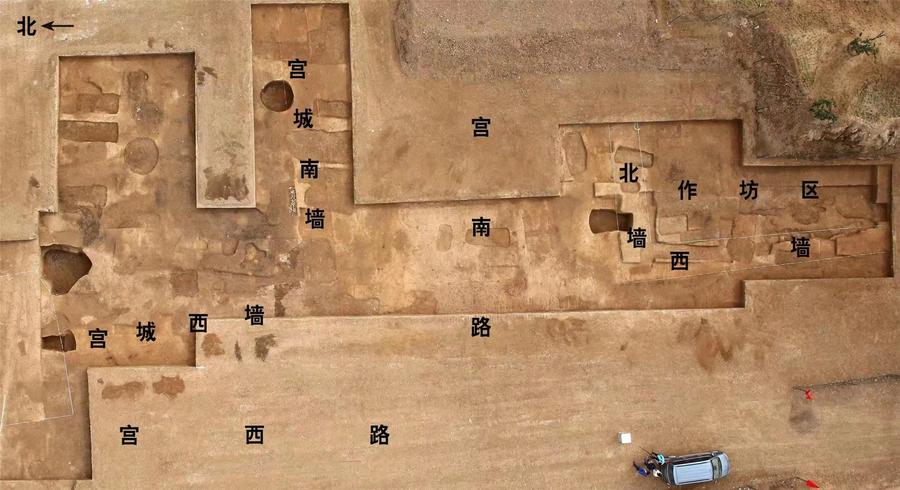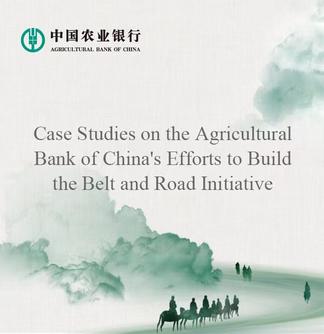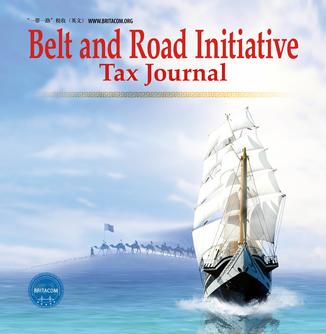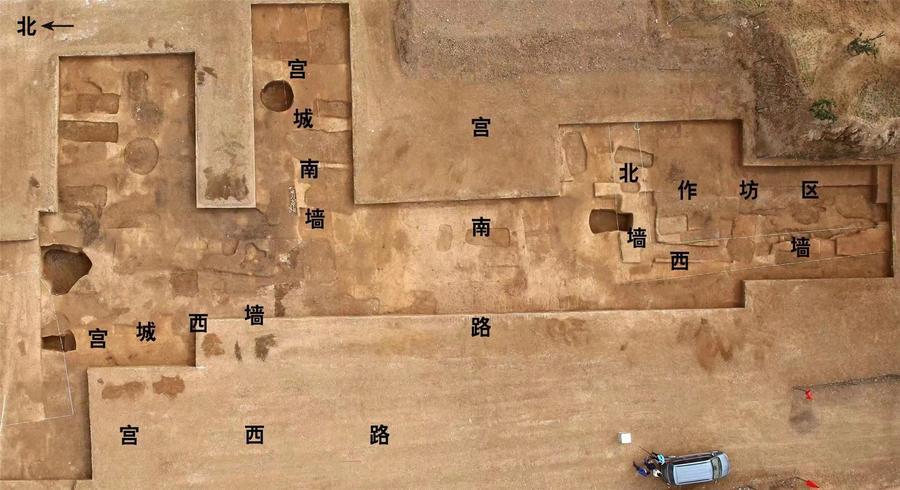
ZHENGZHOU, Dec. 26 (Xinhua) -- Chinese archaeologists have reported a significant breakthrough in their research on the Xia Dynasty (2070-1600 B.C.), China's earliest known dynasty. They discovered rammed earth structures highly suspected to be the city walls of a Xia Dynasty capital.
The findings were presented on Thursday during a briefing by the National Cultural Heritage Administration, which also highlighted other recent archaeological discoveries in the country.
The rammed earth structures, extending over 2,000 meters in total, were excavated in Gucheng Village in central China's Henan Province. Gucheng Village lies just opposite the renowned Erlitou ruins, a previously excavated site that archaeologists identified as one of the capital cities during the Xia Dynasty, across the Luohe River.
The structures are highly likely to be the long-sought city walls of the Erlitou capital city, according to the archaeological team studying the Gucheng Village ruins.
As ancient cities in China were typically fortified with city walls, the absence of city walls at the Erlitou ruins has become a missing puzzle piece that generations of Chinese archaeologists have been trying to uncover.
Discovered in 1959 by the late historian Xu Xusheng, Erlitou, known as "the earliest China," is of great reference value for studying the origin of Chinese civilization, the rise of kingdoms, the regulation of ancient capitals, and other major issues related to the development of Chinese civilization. Its central area currently covers approximately 3 million square meters.
"The new findings have expanded the known area of the Erlitou capital city, offering crucial insights into its overall layout," said Wang Wei, director of the Henan Provincial Institute of Cultural Heritage and Archaeology, adding that the identification of the city walls will greatly alter the current understanding of the urban and cultural development of Erlitou ruins.
Since its excavation in 2021, Gucheng Village ruins have seen three ditches (G1, G2 and G3) unearthed alongside the newly discovered rammed earth wall.
Erlitou culture can be traced back 3,500 to 3,800 years. It was named after the Erlitou ruins.
The G2 and G3 ditches and the rammed earth wall are from the same period as the main roads, walls and other rammed earth structures of the Erlitou ruins, noted Zhao Haitao, head of the Erlitou work team under the Institute of Archaeology, Chinese Academy of Social Sciences.
The ditches and rammed earth structures enclose the Erlitou ruins on the eastern and northern sides. "Therefore, it is highly likely that they are the ditches and city walls encircling the Erlitou capital city," Zhao added.
The next step for the archaeologists will be to investigate the chronology and changes in the location of the ancient riverbed of the Luohe River, among other aspects, to gain further insights into the ditches and rammed earth walls, according to Zhao.
The excavation and research related to the Erlitou ruins and the Gucheng Village ruins are ongoing.




 A single purchase
A single purchase









